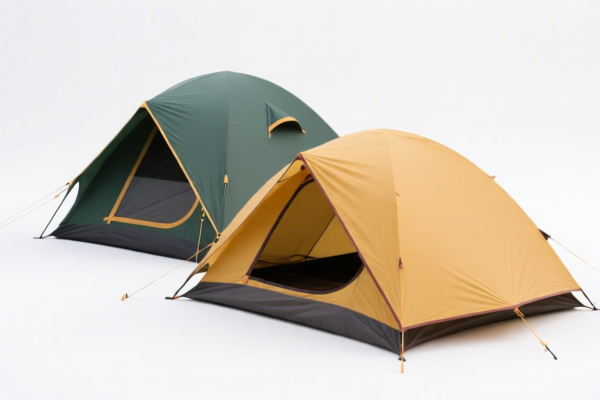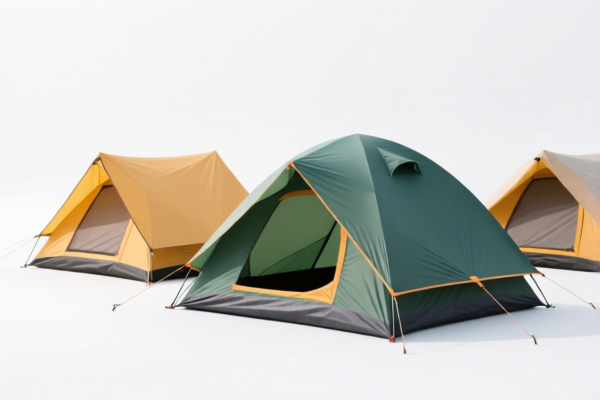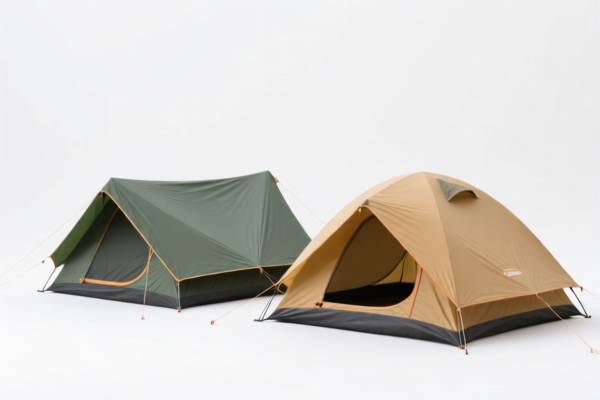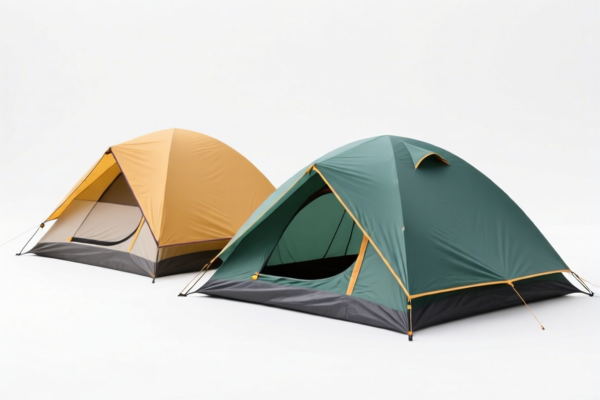| HS Code | Official Doc | Tariff Rate | Origin | Destination | Effective Date |
|---|---|---|---|---|---|
| 9505906000 | Doc | 30.0% | CN | US | 2025-05-12 |
| 9505902000 | Doc | 30.0% | CN | US | 2025-05-12 |
| 6306229030 | Doc | 46.3% | CN | US | 2025-05-12 |
| 6306905000 | Doc | 34.5% | CN | US | 2025-05-12 |
| 6304996040 | Doc | 33.2% | CN | US | 2025-05-12 |
| 6304910170 | Doc | 43.3% | CN | US | 2025-05-12 |
| 3918105000 | Doc | 59.2% | CN | US | 2025-05-12 |
| 3918905000 | Doc | 59.2% | CN | US | 2025-05-12 |




Sensory Tent
A sensory tent is a portable, enclosed structure designed to provide a controlled and stimulating environment for individuals with sensory processing difficulties, autism, anxiety, or other conditions that benefit from reduced external stimuli or specific sensory input.
Material:
- Fabric: Typically constructed from durable, wipe-clean fabrics like polyester, nylon, or canvas. Fabrics can vary in opacity – from transparent for visual access to blackout materials for complete darkness.
- Frame: Frames are commonly made from flexible fiberglass poles, metal tubing, or inflatable structures. Pop-up designs utilize spring steel.
- Additional Components: May include internal padding, hanging elements (toys, fabrics, lights), integrated sound systems, and projection capabilities.
Purpose:
The primary purpose is to create a safe and calming space. This can be used for:
- Sensory Regulation: Providing a controlled environment to help individuals manage over- or under-stimulation.
- Anxiety Reduction: Offering a secluded space to reduce feelings of overwhelm and promote relaxation.
- Therapeutic Intervention: Facilitating therapy sessions focused on sensory integration and emotional regulation.
- Calming Break: Offering a temporary escape from busy or stressful environments.
Function:
Sensory tents function by modifying the sensory environment through:
- Visual Control: Adjusting lighting levels (dim, bright, colored) or using transparent/opaque fabrics.
- Auditory Control: Blocking external sounds or introducing calming sounds (music, white noise, nature sounds).
- Tactile Stimulation: Providing comfortable internal padding, hanging tactile objects, or weighted blankets.
- Proprioceptive Input: The enclosed space itself can offer a sense of security and grounding.
- Vestibular Input: Some tents incorporate gentle rocking or movement features.
Usage Scenarios:
- Home: Creating a calming space for children with autism or anxiety.
- Schools: Providing a quiet space for students needing a break or sensory regulation.
- Therapy Clinics: Facilitating sensory integration therapy sessions.
- Hospitals/Healthcare Facilities: Reducing anxiety for patients undergoing medical procedures.
- Special Needs Centers: Supporting individuals with a range of disabilities.
- Events: Providing a calming space at festivals or events for individuals with sensory sensitivities.
Common Types:
- Pop-Up Tents: Easy to set up and portable, often used for quick calming breaks. Typically smaller in size.
- Frame Tents: Utilize a frame structure for greater stability and size options.
- Blackout Tents: Designed to block out all external light for individuals sensitive to visual stimuli.
- Weighted Tents: Incorporate weighted materials to provide deep pressure stimulation.
- Inflatable Tents: Provide a soft and enclosed space, often used for calming and relaxation.
- Projection Tents: Include projection capabilities for creating immersive visual experiences.
- Multi-Sensory Tents: Combine multiple sensory features (lights, sounds, tactile elements) for a comprehensive experience.
Sensory tents are structures designed to provide a controlled environment for stimulating or calming the senses, often used for individuals with sensory processing disorders or for recreational purposes. They typically consist of a fabric enclosure, potentially with internal lighting or other features.
Here are relevant HS codes based on the provided reference material:
-
6306229030: Tarpaulins, awnings and sunblinds; tents (including temporary canopies and similar articles); sails for boats, sailboards or landcraft; camping goods: Tents (including temporary canopies and similar articles): Of synthetic fibers: Other Other (669). This code covers tents made of synthetic fibers. Given the likely fabric construction of a sensory tent, this is a strong possibility.
- 63: Textile fabrics.
- 06: Tarpaulins, awnings, sunblinds, tents, sails.
- 22: Tents.
- 90: Of synthetic fibers.
- 30: Other Other (669).
-
6306905000: Tarpaulins, awnings and sunblinds; tents (including temporary canopies and similar articles); sails for boats, sailboards or landcraft; camping goods: Other: Of other textile materials. If the sensory tent is constructed from materials other than synthetic fibers (e.g., cotton, linen), this code would be applicable.
- 63: Textile fabrics.
- 06: Tarpaulins, awnings, sunblinds, tents, sails.
- 90: Other.
- 50: Of other textile materials.
-
3918105000: Floor coverings of plastics, whether or not self-adhesive, in rolls or in the form of tiles; wall or ceiling coverings of plastics, as defined in note 9 to this chapter: Of polymers of vinyl chloride: Wall or ceiling coverings: Other. If the sensory tent incorporates plastic wall or ceiling coverings made of polymers of vinyl chloride, this code may be relevant.
- 39: Plastics and articles thereof.
- 18: Plastics floor coverings.
- 10: Of polymers of vinyl chloride.
- 50: Wall or ceiling coverings.
-
3918905000: Floor coverings of plastics, whether or not self-adhesive, in rolls or in the form of tiles; wall or ceiling coverings of plastics, as defined in note 9 to this chapter: Of other plastics: Wall or ceiling coverings: Other. If the sensory tent incorporates plastic wall or ceiling coverings made of other plastics, this code may be relevant.
- 39: Plastics and articles thereof.
- 18: Plastics floor coverings.
- 90: Of other plastics.
- 50: Wall or ceiling coverings.
Regarding HS codes 6306229030 and 6306905000, the material composition of the tent is crucial for correct classification. If the tent is made of synthetic fibers, use 6306229030; otherwise, if it's made of other textile materials, use 6306905000.
If the sensory tent incorporates plastic wall or ceiling coverings, HS codes 3918105000 or 3918905000 may be applicable, depending on the type of plastic used (polymers of vinyl chloride or other plastics).
Customer Reviews
No reviews yet.